When it comes to Italian comfort food, you might immediately think of pasta. Although pasta is a big part of Italian cuisine… in northern Italy another dish reigns supreme.
Many centuries ago in the fertile Po Valley, a little round rice was making its way onto the tables of hungry Italian families. Named for a small town in the region, Arborio rice soon became a staple ingredient for a delicious “comfort food” among the local people. Over time, this dish became known as Risotto.
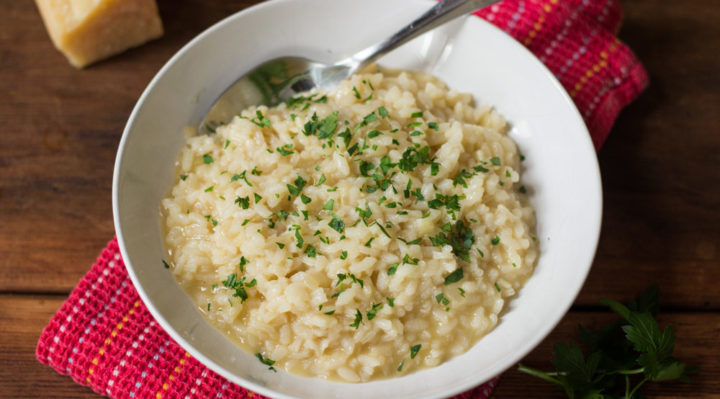
It All Starts With The Rice
First of all, risotto is not a type of rice. It is a dish made with a particular kind of rice. Arborio is probably the best-known variety, especially in the United States since it is readily available. Arborio is a short, plump starchy rice that, when cooked properly, has a very creamy finish.
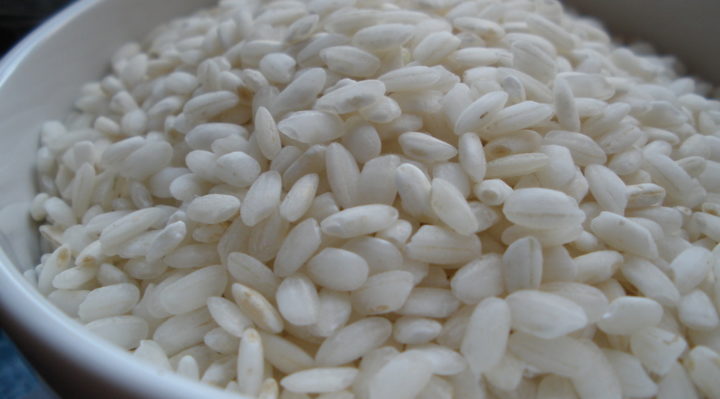
Arborio is not the only rice that can be used to make risotto. Vialone Nano and Carnaroli are two lesser known, but popular varieties. Vialone Nano has a slightly firmer finish and is considered gourmet by risotto aficionados. Carnaroli has an even firmer texture than Vialone Nano and offers a very delicate taste. Both are available in specialty shops and online.
Although risotto is made from rice, that doesn’t mean you can make it out of any old rice you happen to have in your pantry. That lovely long grain rice you enjoy with your homemade stir-fry doesn’t have the right starch content to create the creamy texture of a true risotto. You must start your dish with one of the three rice varieties from northern Italy to have a true risotto.
The Quest for the “Perfect” Risotto
Once you start looking around for some great risotto recipes, you may soon find yourself ready to call it quits. Most everyone has the same reaction when they read their first risotto recipe… “I have to stand and stir this stuff for how long?!”
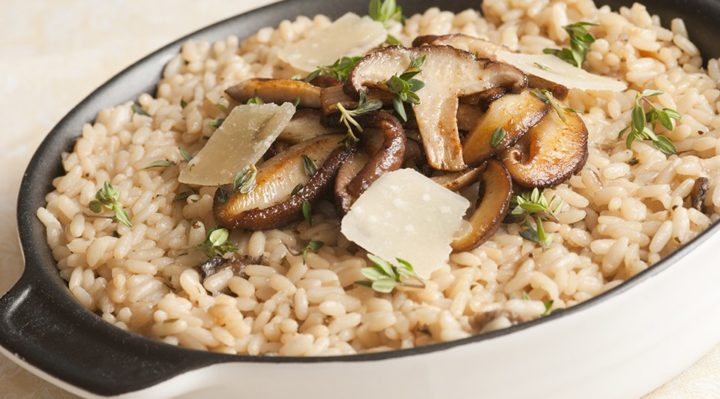
Risotto “purists” will tell you that “stand and stir” is the ONLY way to make real risotto. In a sense, they are right. Slowly adding liquid and continue stirring the mixture produces perfect creamy risotto. The reason why purists prefer this method is simple: the slower the rice absorbs the liquid, the creamier the risotto will be. As the rice absorbs the liquid, it releases its starch. The slower the starch is released, the creamier the end result.
Our Traditional “Stand and Stir Risotto Recipe” can take 30 minutes or more but comes out perfect. And doesn’t take as long as other recipes that require slowly adding in small amounts of liquid as you keep stirring. But if you’re in a hurry, here are some suggestions:
Acceptable Risotto Shortcuts
There are techniques for cooking creamy risotto that do not depend on the “stand-and-stir” method. In fact, you can actually get a creamy risotto by letting your oven do most of the work.
To make “baked” risotto, you start by sautéing some onions and garlic in olive oil on your cook top in an oven-proof pot. Then, add some dry white wine, rice and some chicken stock to the pan. Cover and pop into a pre-heated oven until the excess moisture is absorbed. To finish, stir in a little more broth, butter, and grated Parmesan cheese.

Another shortcut some cooks are enjoying is using an electric slow cooker made especially for risotto. These are combination ‘stir free’ risotto cookers, rice cookers, and slow cookers. You will still need to sauté the onion and rice in oil, then add wine and broth, but you will then cover the pot and only stir once about halfway through the process. This is truly easy risotto.
Would a risotto “purist” approve of these shortcuts? Probably not – but sometimes you just want to get a good meal on the table without too much fuss.
Are you ready to dig into some classic northern Italian comfort food? Then skip the pasta and try your hand at making an authentic creamy risotto that would make any cook in the Po Valley proud!
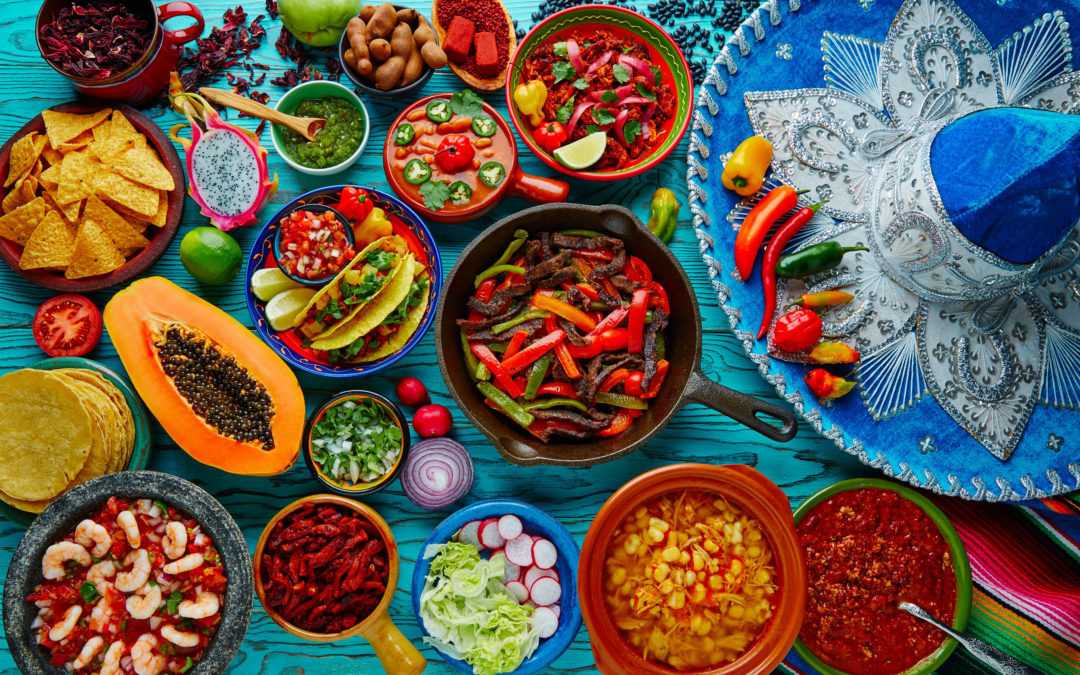
Differences between Northern and Southern Mexican Cuisines
Over the years, Mexican regions have topped the list of the most visited destinations during holidays. What’s good there? The region attracts both food lovers and sun seekers. In case you are planning to visit this beautiful country, ensure you sample the wide range of flavors and tastes that both the Northern and Southern Mexico offer. It is quite interesting how a country with little topography can boast of a rich culinary culture that leaves you thirsting for more.
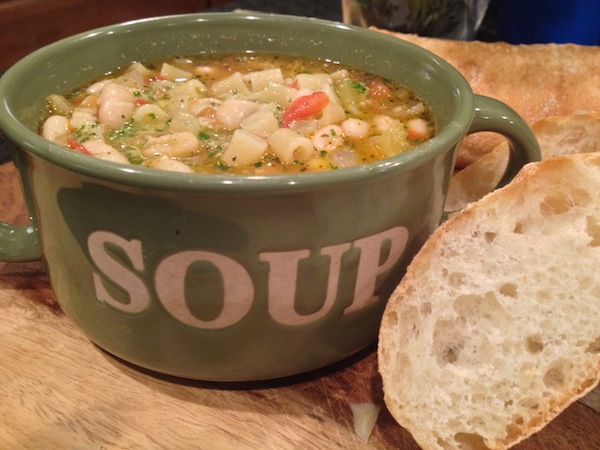
10 Cooking Tips for Authentic Italian Cooking
When trying to cook Italian recipes, these tips will help you be more authentic.
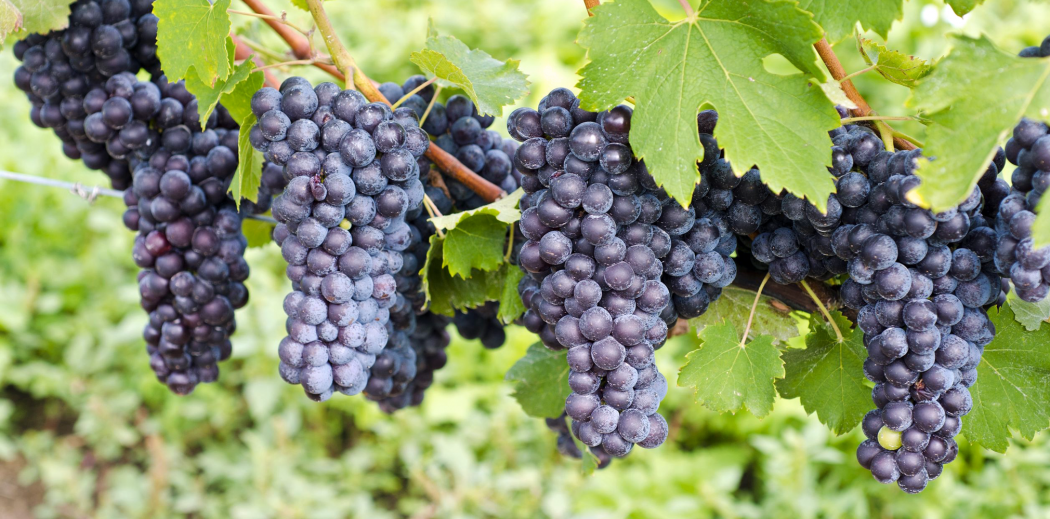
The 3 “B”s of Piedmont Wines: Barolo, Barbaresco, and Barbera
Without question, Italy is one of the most esteemed wine producing countries in the world and the Piedmont (Piemonte) region in northern Italy ranks near the top in terms of the quality of wines it produces. Any discussion of Piedmont wines would be incomplete without shining a spotlight on the 3 “B”s of this region – Barolo, Barbaresco and Barbera.
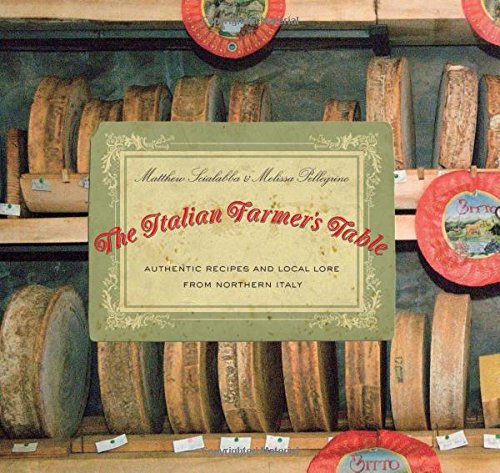
The Italian Farmer’s Table: Authentic Recipes and Local Lore from Northern Italy (Cookbook Review)
The Italian Farmer’s Table: Authentic Recipes and Local Lore from Northern Italy is more than just a cookbook. Although it is built around an intriguing collection of authentic regional recipes, it digs deeper to offer a glimpse inside everyday rural life in northern Italy. Its pages are filled with captivating descriptions of each regions’ distinct culinary identity and the unique individuals who bring it all to life.
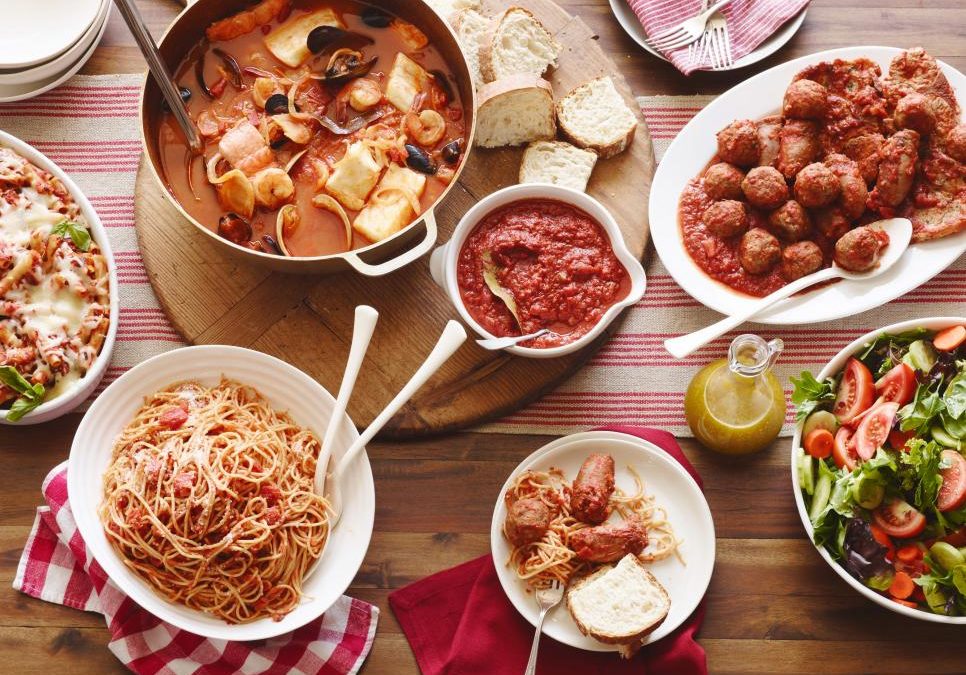
The Delightful Differences Between Northern And Southern Italian Cuisine
“Let’s go find a good Italian restaurant tonight.” If you immediately envision pasta with lots of red sauce, you are not alone. Italian cuisine is very often lumped into one red-check-tablecloth-covered category.
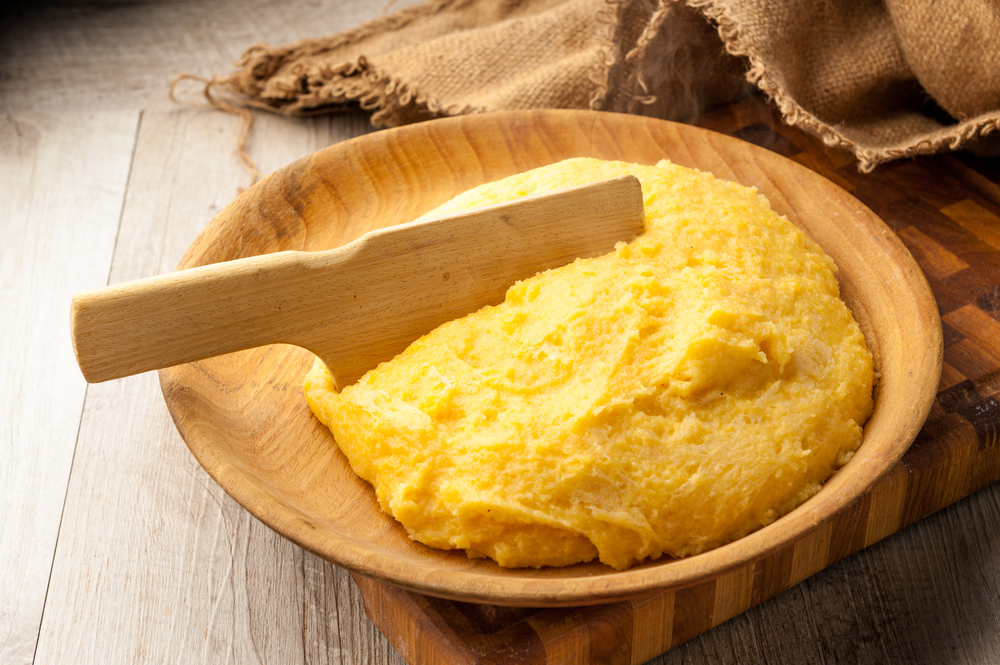
Culinary Differences Across Northern Italy’s Diverse Regions
Northern Italy is a diverse area that offers endless culinary possibilities for any traveler. Here is a sampling of what just three of the eight regions of northern Italy have to offer.
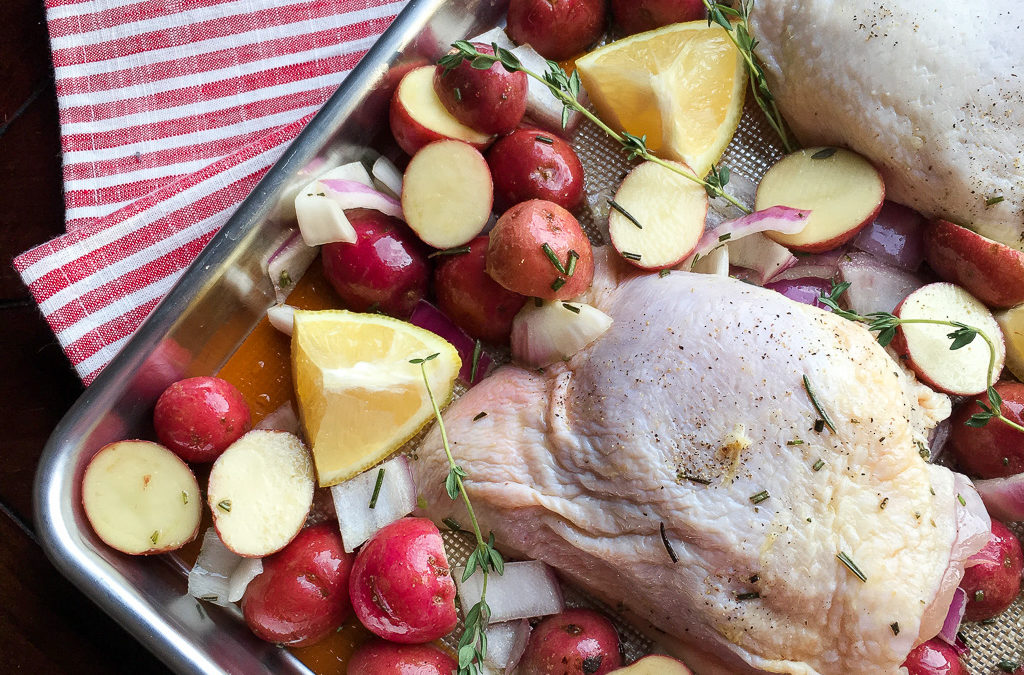
Top 10 Tips – Sheet Pan Recipes
Wanna make easy one-pan dinners? Our latest sheet pan recipes will help with that. Here are our top tips for cooking a great, healthy dinner on a single baking sheet (mostly).

